When you drop over $20 million on a supercar, most owners would view it as a special privilege just to start the engine. But one recent McLaren F1 buyer took the concept of a garage queen to new extremes. After acquiring this ultra-rare British hypercar at auction last year, the anonymous collector drove it a measly 14 miles before deciding it was time to cash out. But is keeping a mechanical marvel like the F1 dormant the best way to enjoy its potential? Our deep dive investigates the story behind this minimal-mileage example and what its brief period of private ownership says about the modern supercar market.
The Car: 1995 McLaren F1
Framing the drama is none other than McLaren’s milestone F1 supercar. Debuting in 1992, the F1 established new benchmarks in performance, exclusivity, and engineering sophistication that still hold their own today. Conceived by industry great Gordon Murray and powered by a BMW 6.1-liter V12, the carbon fiber-bodied F1 set a new production car top speed record of 240.1 mph upon its launch. Only 106 examples were ever built between 1992–98, with just 64 road cars produced out of that limited run. This specific 1995 example (chassis 029) is significant as one of the lowest mileage F1s in existence. But its underwhelming lifetime odometer of 254 miles begs the question – is preservation taking priority over use?
A Pricey Prologue
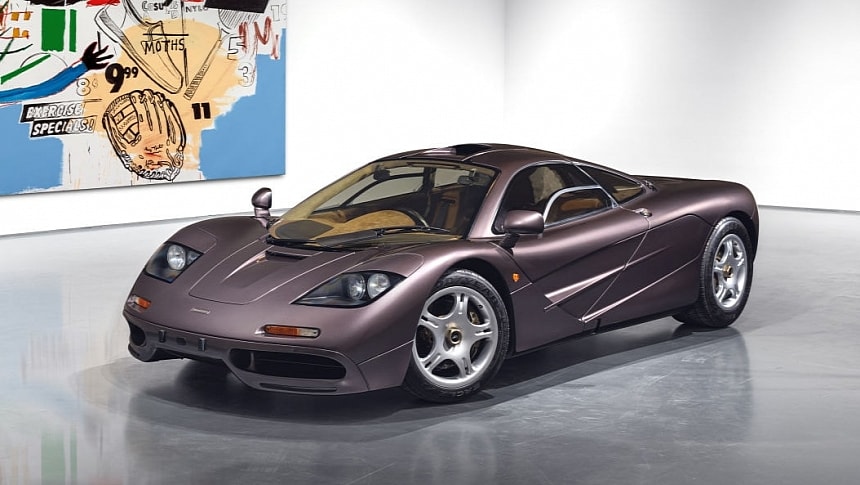
The car’s backstory began in August 2021 when it crossed the block at RM Sotheby’s highly anticipated Monterey Car Week auction. There, it achieved a record-setting sale price of $20,465,000 – some $5 million above estimates. At the time, its odometer read a mere 240 miles, confirming its pedigreed provenance as one of the most historically unsullied F1s available. Japanese, American, and European collections had all previously owned it since new. Its auction coincided with an intense interest in blue-chip 1990s supercars, as icons like the McLaren F1 continue exponentially appreciating as fewer survive in condition.
A Change of Heart in 14 Miles
Its anonymous new owner wasted little time installing it in their estate or boutique garage. But after only three years and the addition of a meager 14 miles, they’ve had a sudden change of heart. Back on the market, it goes through Sotheby’s exclusive sealed bid sale process in May, with estimates still in the gaudy $20 million range. Reviews of the sale description note the interior and body remain in as-new condition underneath protective breathable covers. But why flip such a piece of automotive history after such minimal use? Was the collector not sufficiently car-savvy to handle owning automotive artwork? Or was ensuring perpetual low mileage a shrewder investment strategy?
The Reluctant Renaissance Man
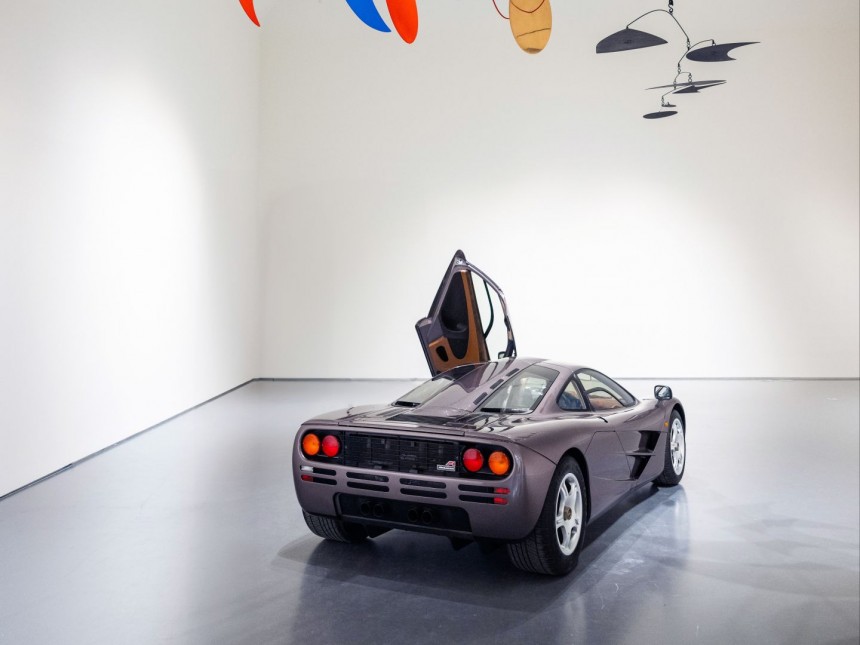
To find possible answers, we tapped insider sources within the F1 enthusiast world. “Some buyers view vehicles like the McLaren F1 as art objects first, rather than meant to be driven,” offered one collector. “For those that can afford these rarefied air cars, usage is a secondary concern to preservation.” Others posited it simply came down to priorities and personality type. “Not everyone who has the means to acquire a supercar genuinely loves driving,” one brokerage executive noted. While money wasn’t an object, actually piloting this piece of rolling history may not have fit this owner’s lifestyle or interests. Could possessing automotive greatness have proven more enticing than experiencing its performance rewards?
Value Through Vestigial Varnish
The approach isn’t without merit from an investment logic either. By leaving the odometer static, this F1’s rarity case grows stronger over time as others pile on distance. Consider Jay Leno – his road-driven F1 with 7,500 miles is likely worth marginally less than a 3-digit mileage time capsule. “Low usage examples will almost always command a premium simply because the condition is king for collectors,” analyzed a veteran McLaren specialist. As long as demand outpaces supply, minimalism could maintain or even multiply this F1’s big-ticket price. Was flipping after a few casual Sunday constitutionals just a savvy play to lock in maximum future value?
Projecting the Perfect Pedigree
Looking ahead, forecasts for the car’s next bidding war appear rosy. With annual F1 values estimated to rise $1M according to Sotheby’s, breaking the $20M mark seems a sure bet given current macro market conditions. Its freshly refreshed condition couldn’t be any reprieve-er, and a six-figure odometer only adds pedigree. The select new owner will gain bragging rights to one of the planet’s most exclusive air-cooled coupes. But will they drive it or merely display it? And what message does this episodic ownership send to enthusiasts who view elite cars as meant to be experienced, not sequestered? In a rarified world where dollars dwarf driving dreams, perhaps moneymaking motives will always outweigh the joy of simply unleashing this flagship’s full song of a V12. For now, the saga of chassis 029’s frugal fortunes revs on.
The Technological Tour de Force
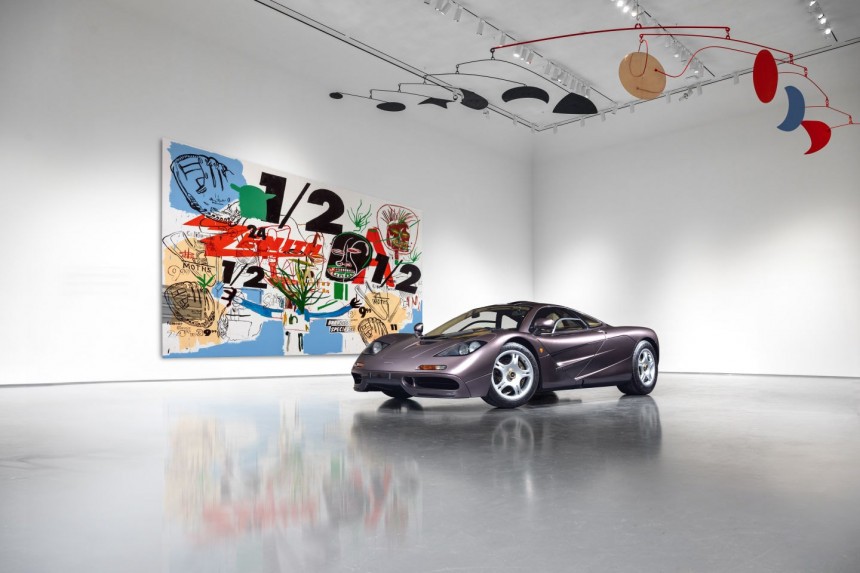
Underneath the financial drama and collecting context is an automotive achievement that still dazzles today. Conceived when computer-aided engineering was a new frontier, the F1 pioneered advanced methods that now underpin every modern supercar. Its full carbon monocoque chassis established a new high water mark for rigidity and strength. “Gordon Murray’s use of composites was nothing short of visionary,” stated one analyst. Both weight-saving and production techniques have since proliferated. This first-of-its-kind structure underpins an overall philosophy of optimizing every component for maximum performance with minimum mass.
Fittingly for a project directed by current Formula 1 stakeholders, the F1’s racing roots run deep. Beyond bodywork and underpinnings, elements like all-electric instrumentation, pneumatic door opening circuits, adjustable dampers, and carbon brakes showed how track tech could translate to road cars. Revised engine management even let the prototype smash the official production car record. Yet for all its Formula flourishes, the F1 never strayed from its grand touring design goals of providing spacious accommodation and effortless long-haul cruising ability wherever three may roam. “It remains a renaissance man’s supercar that can do it all,” claims one aficionado.
Mechanically Mediating Marvels
Powering this phenomenal feat of composite craftsmanship is BMW’s sophisticated 6.1-liter V12. Developed specifically for the project, it produces 627 horsepower and sips fuel thanks to four valves per cylinder. Mated through a six-speed manual transmission in a rear mid-engine, rear-wheel drive layout, the F1 hit 60 mph in 3.2 seconds on its way to a 243 mph maximum. Even today, few run as fast in a straight line while feeling composed through turns. Computer-controlled dynamic systems lend further adjustability. A contemporary road test described the powertrain package as, “Perfectly blended to unleash stratospheric performance yet remain utterly docile when desired.”
That dual-natured character comes through in spades when sampling the F1’s prodigious abilities firsthand. “There’s a sense of occasion unlike anything else when in the cockpit,” gushed one owner. Throttle response proves telepathic while the linear powerband pulls ferociously yet finely tuned to the 8,400 rpm redline. Gearshifts click through the precise gated manual with mechanical relish. Out back, exhaust notes change character through the rpm range, serenading with aural beauty befitting this British beast’s regal roots. Ride quality balances comfort with control better than today’s hypercars as high speeds down rural roads feel relaxed rather than rapid.
A Rare British Bird
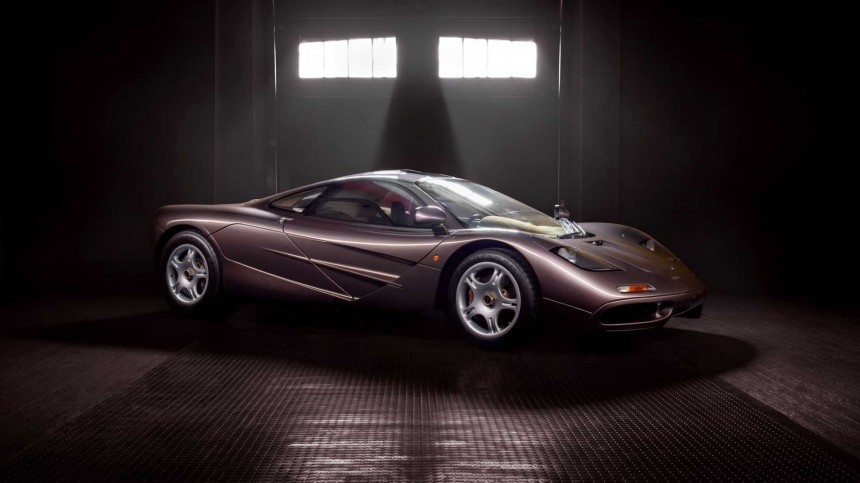
Such an exclusive driving experience comes at a naturally exclusive price of admission. With just 106 constructed and a scant 64 road cars, the F1 stands among the most exclusive production vehicles in history. rarity alone gives it investment strength regardless of any inherent quality. With values already reaching the size of mansions, demand seems poised to remain robust as fewer survivors mean steeper competition for each turnkey opportunity. Although some may prefer treasuring versus touring their F1, there can be no denying the car exists not just as art but to deliver a quintessential motorsports lifestyle of its era at its magnificent best.
Looking Forward
Wherever the road leads this 1995 McLaren F1 next, its story underscores complexities in collecting at exalted economic levels. With liquid assets outpacing most national GDPs, conventional notions of ownership and usage no longer necessarily apply. For some, vehicles become vulgar displays of wealth first and automobiles second. But at its heart, the F1 was always intended as the perfect high-speed global grand touring machine as well. Striking that balance of investment merit with engaged appreciation grows tougher as values inflate to astronomical territories. No matter its future fate, this minimal-mileage marvel remains one of the final century’s zenith supercar achievements.
The BMW Powerplant: A Technical Tour de Force
At the heart of the F1’s excellence is its bespoke 6.1-liter V12 engine, hand-built by BMW specifically for McLaren. Displacing 6,070cc from a bore and stroke of 84mm x 75mm, the M70/2 engine represents a tour de force of internal combustion. With four valves per cylinder and a compression ratio of 11:1, it produces an incredible 627 horsepower at 7,400 rpm along with 479 lb-ft of torque peaking at 5,600 rpm. Revving effortlessly to an 8,400 rpm redline, the V12 delivers scorching acceleration from idle yet preserves astonishingly smooth and refined operation.
Behind the immediate urge is a high-tech design years ahead of its peers. Double-overhead camshafts per bank actuate 24 valves via belt drive. The block itself is based on BMW’s tried and true M70 V12 architecture but heavily re-engineered with a dry-sump lubrication system and titanium connecting rods for optimum mass centralization. Electronic engine management oversees ignition and fuel injection for optimal power in all conditions. An air-to-air intercooler further optimized volumetric efficiency. Even the exhaust was crafted from lightweight materials. The result was Formula 1 levels of specific output in a roadgoing package.
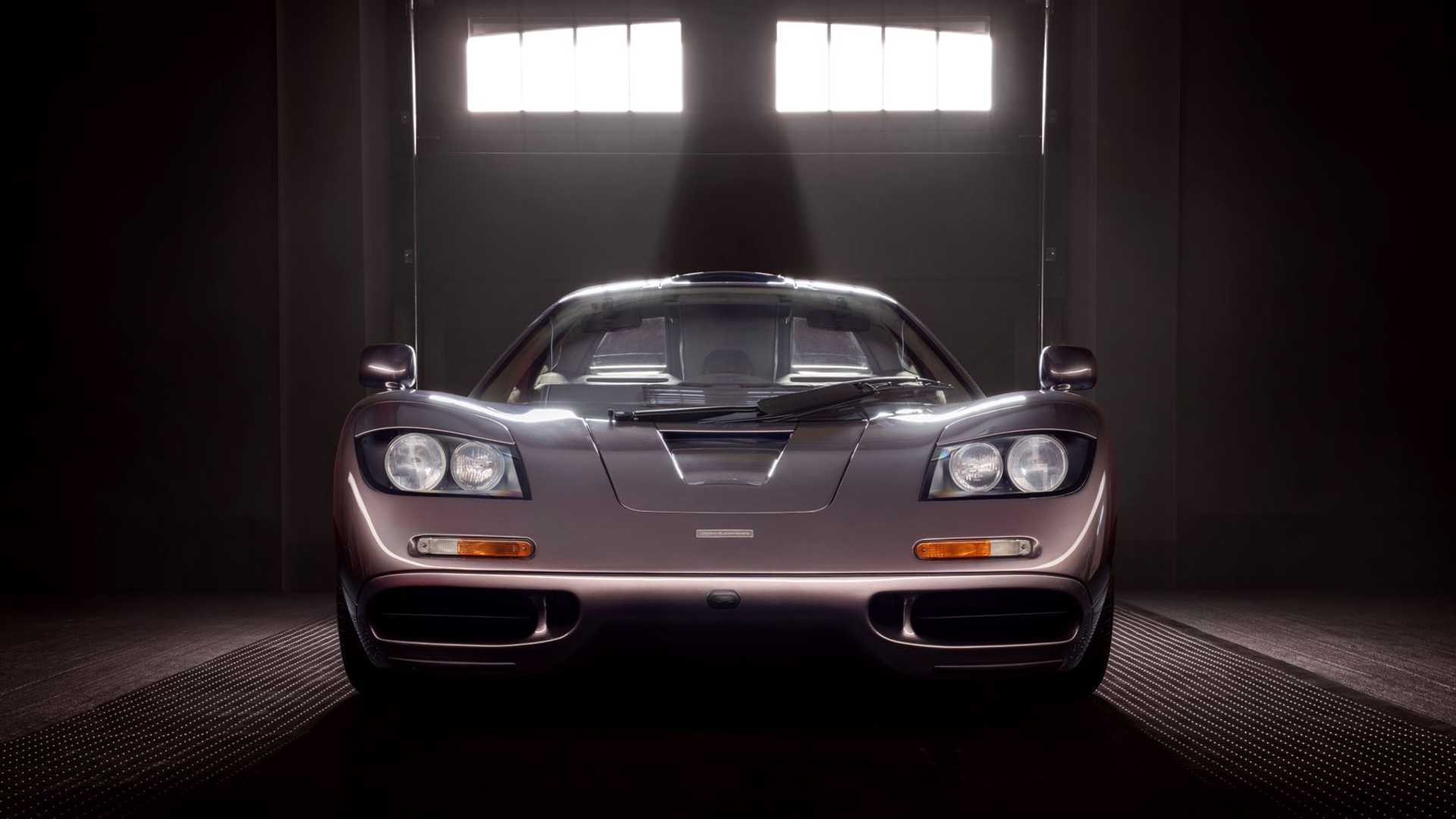
This special V12 served as a development platform for BMW’s forthcoming luxury V12s. Benefitting the German brand as much as McLaren, the M70-based powerplant helped hone techniques still utilized in contemporary BMW mills. Its throttle bodies presaged drive-by-wire systems while lightweight construction informed modular engine design. Rev-matching on downshifts proved the bleeding edge for road cars. Over 25 years later, the F1 V12 endures as a technical tour de force still impressive with its seamless flexibility and resonant exhaust song. Few engines so perfectly capture the magical intersection of form and function.
Testing and Development: A Formula for Success
Developing the F1 presented immense technical challenges considering the project’s lofty goals and Gordon Murray’s unconventional design philosophy. After initial testing of simplified prototypes, the first complete running F1 chassis designated XP5 began evaluation in 1992. Already revealing the model’s tremendous potential, further development focused on optimizing every aspect from braking to aerodynamics. Legendary Formula 1 test driver McLaren test driver Danny Sullivan played a huge role in evaluating early cars.
Extensive wind tunnels and simulations aided the rigorous testing of Murray’s novel carbon construction techniques. Specialized road and track evaluation identified further tuning opportunities. A limited production run of XP models incorporating lessons learned allowed continual improvement. Modifications like revised engine management on the XP5 prototype even helped break the official production car land speed record. By 1995, over three years of extensive comparative analysis honed the F1 into the singular achievement consumers received.
This model delivered supercar dominance yet extraordinary versatility for heightened usability. Attention to fine details like ergonomics and switchgear quality matched the driving allure. High-speed stability received special focus through aerodynamic analysis and suspension tuning. Air conditioning, audio, and communications systems ensured world-class comfort. While automated functions portrayed the latest in materials and mechatronics engineering. Only with such intensive development could a vehicle achieving the F1’s composite construction and performance goals debut as a cohesive, driver-centric whole.
The Exhaustive Ownership Experience
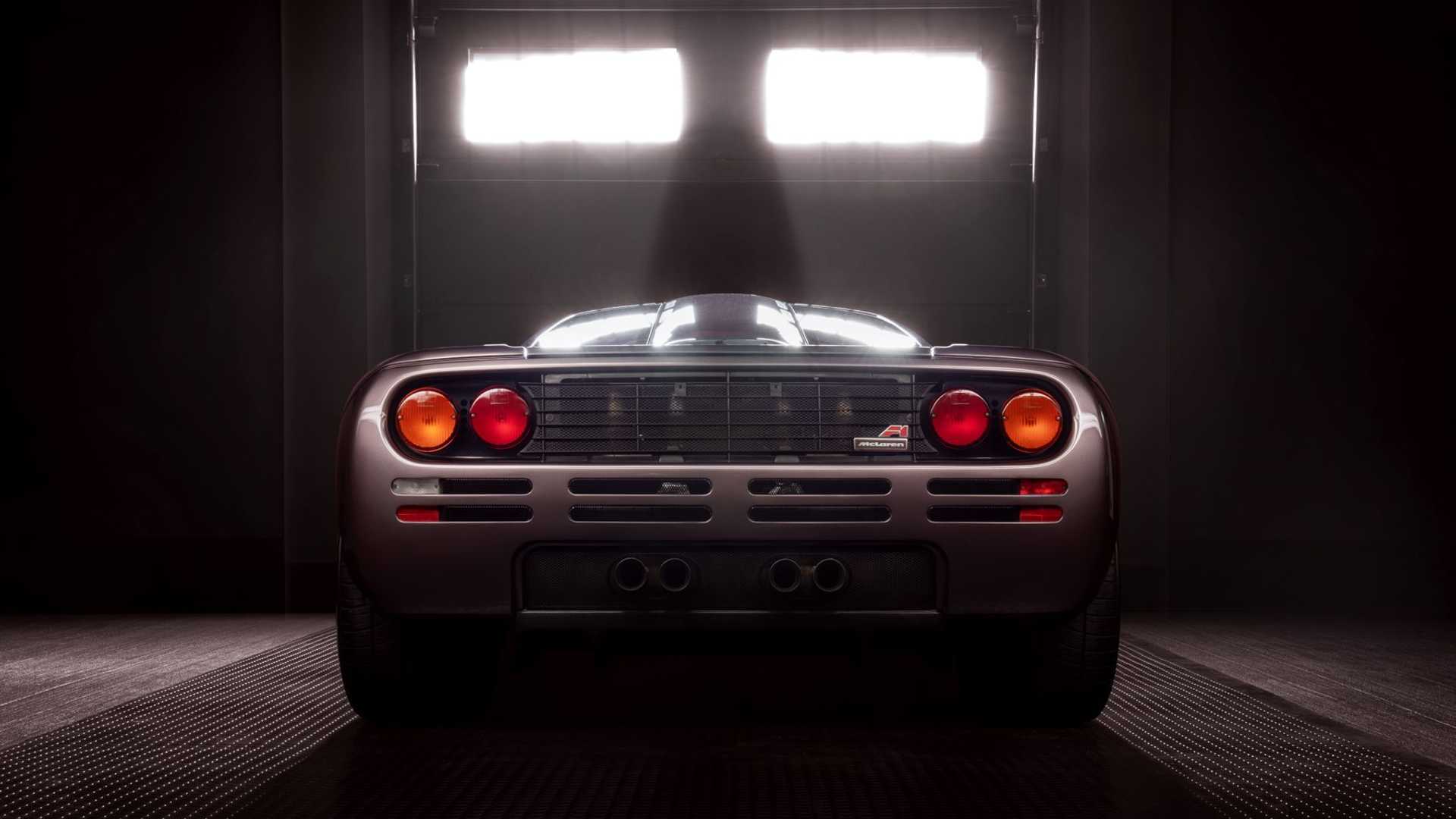
Purchasing a McLaren F1 means more than simply acquiring an ultra-rare car – it signifies a lifelong partnership with one of automotive history’s most exclusive clubs. Hand-assembled examples received individual build sheets recording exact specifications. But the experience goes far beyond transaction details. An engraved sterling silver McLaren Timepiece marked ownership. Bespoke luggage, tools, jack and more accompany each F1 to adequately transport its prosperity.
Service and support live up to the vehicle’s exorbitant price too. A multimedia owner’s handbook holds no fewer than 26 dedicated manuals. Instruction spanned operating systems to maintenance procedures. Regional concierges orchestrate logistics while an F1 Customer Liaison Manager remained on call. Minor issues could be addressed via mobile units, with full services handled at the dedicated McLaren Service Center. Even routine tasks warranted bespoke attention befitting these million-dollar machines.
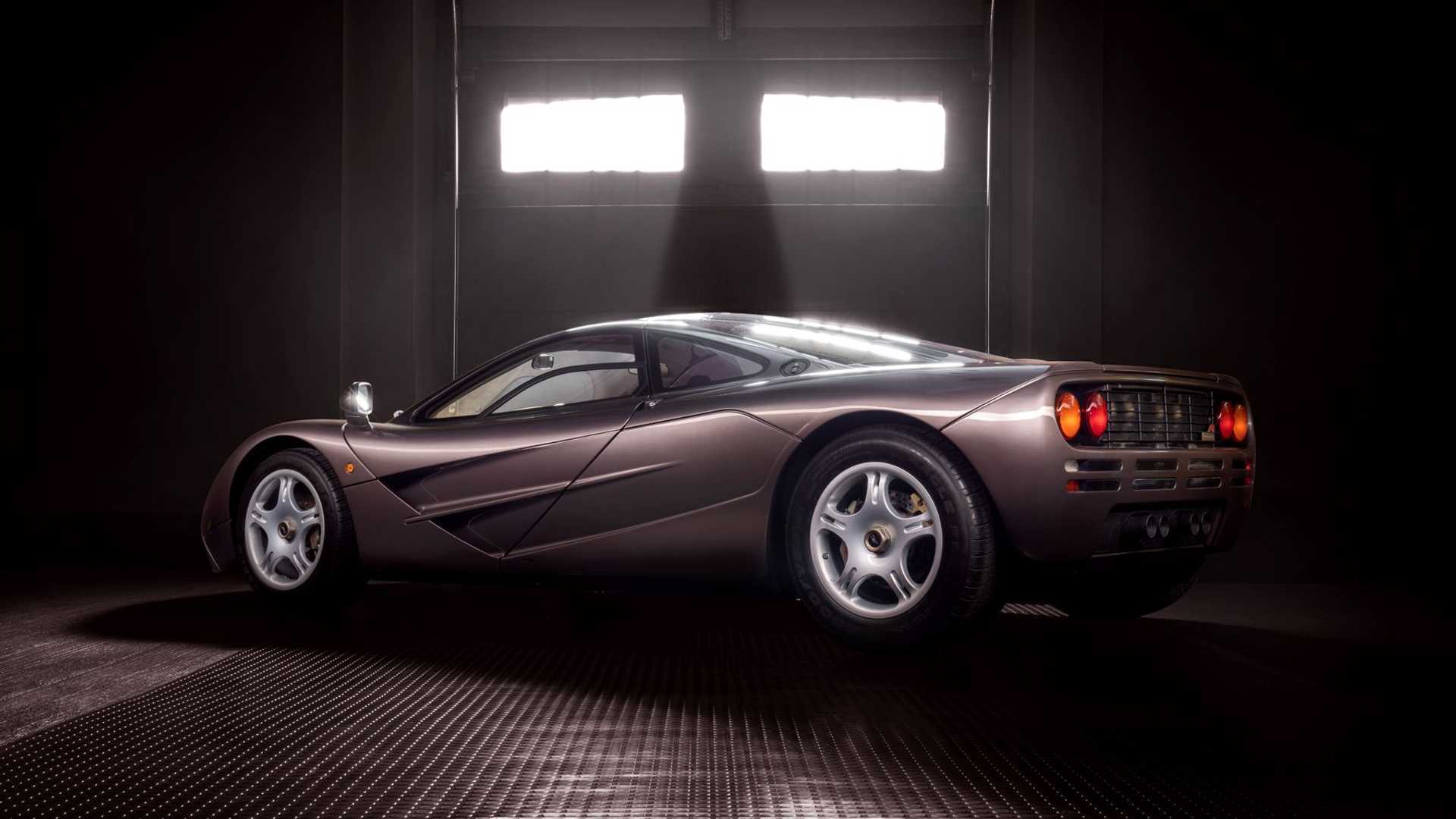
For eligible events, F1 owners congregate as an exclusive society. Official driving schools and gatherings foster camaraderie between a select 126 members worldwide. Track days and multi-day excursions showcase vehicles to their fullest amidst luxe accommodations. Charitable initiatives and specialty racing series involve owners with their cars. Annuities even reward longtime fans and owners. Few marques immerse custodians into the lifestyles their creations represent better than McLaren. For all possessing an F1’s exorbitant rarity and performance, the ownership experience becomes its reward.

